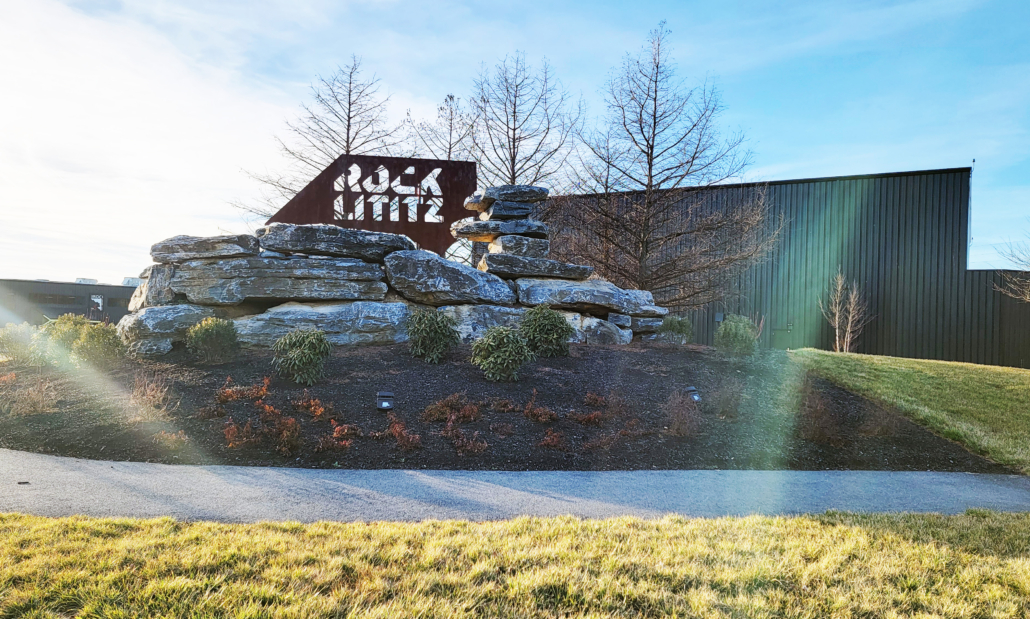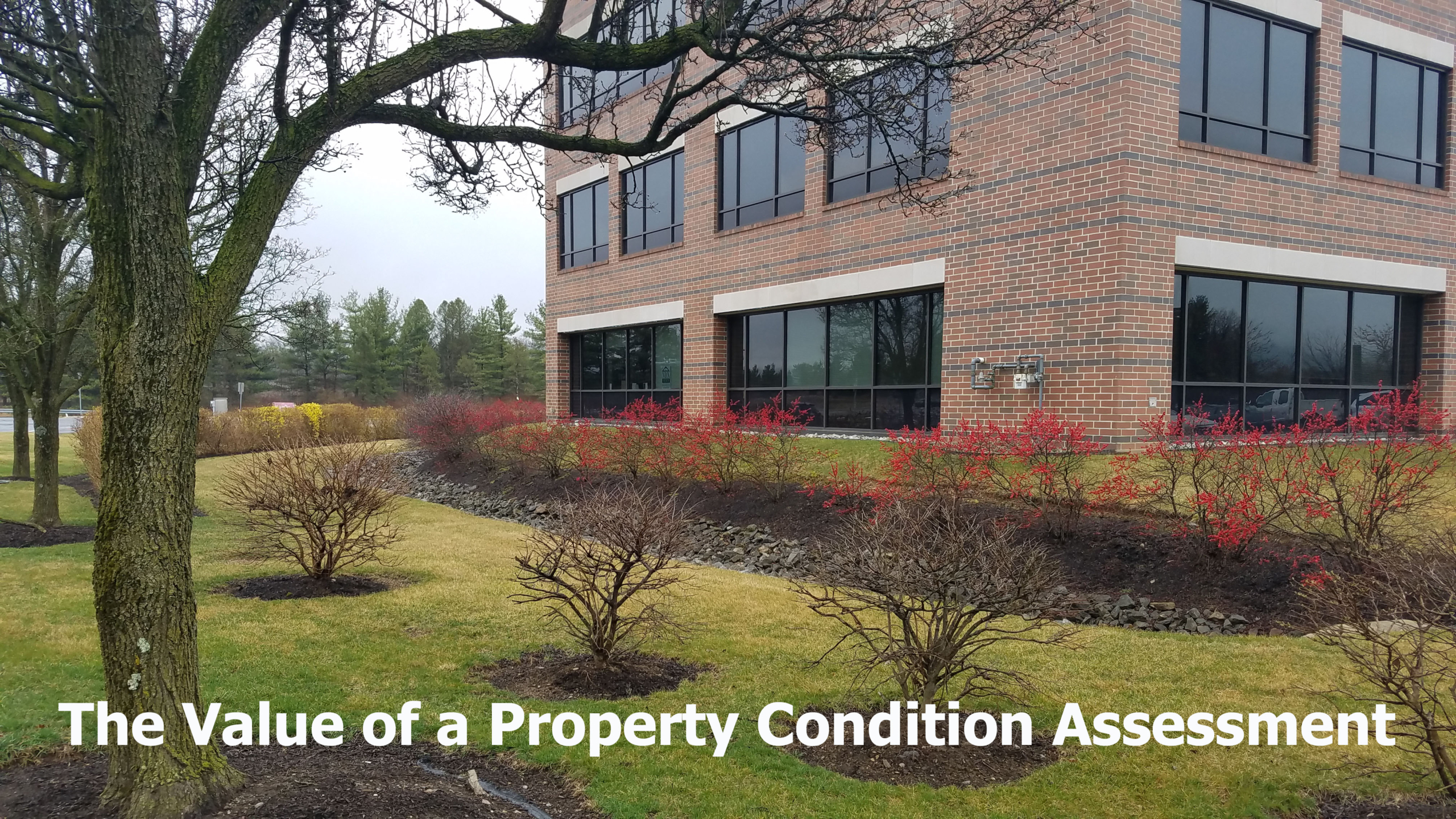
Today’s lenders face high hurdles when it comes to mitigating risk on large-scale, long-term construction loans. From the contract phase to the final payment, the right tools are available to enable the successful completion of even the most complex projects. Here’s what you need to know.
Lender Risks
Inappropriate Funding
Inappropriate funding is a risk that begins early, usually during the contract phase, in the lifecycle of a loan. This costly hazard to lenders occurs when a loan value is too little or too great for a given project. When a project is undervalued by the contractor, it can lead quickly to project completion delays or even outright failure. When a contractor or developer inflates the project cost, either on purpose or because of inexperience, it opens the lender up to recovering less than the loan value in the event of default. Either scenario leaves the lender with liability.
Funding Incomplete Work
Ideally, construction funding occurs on as-completed terms. This means that the contractor may request a draw on the available funds according to the contract terms based on the level of completion. Without a representative on the job site, lenders are left to trust the word of the contractor, which can be risky. When payments are made in the blind, a contractor could walk away from the job not having completed the work. This leaves lenders open to having to finance the work a second time or project failure.
Subcontractor Non-Payment
When construction loans are paid directly to the general contractor, as they typically are, the general contractor will use the funds to pay expenses and overhead and then will pay the subcontractors on the project. Where things can go awry is when the general contractor is unscrupulous or has higher than anticipated expenses, and then chooses not to pay his subcontractors. In this case, the subcontractors have the option to file a lien against the property, which ultimately becomes the owner and lender’s liability.
Any one of the aforementioned pitfalls can leave lenders high and dry, but fortunately, there are ways to mitigate these risks.
Mitigate Lending Risks
While there is inherent risk in writing construction loans, lenders can avoid the snags and snares with the right mitigation tools.
Plan and Cost Review is the critical third-party report that helps lenders during the loan underwriting stage to determine if a project can be built as proposed by the borrower. A proper Plan and Cost analysis evaluates project-related documentation combined with a project’s feasibility and potential risk factors. It will point out discrepancies in project cost, missing permits, and the lack of due diligence reporting such as environmental site inspections, geological surveys and other pre-construction studies. Dayhill’s Plan and Cost Review is a recommended service for any commercial construction lender desiring a comprehensive look into the viability of the project at the cost stated before agreeing to fund it.
Site Inspection is the preferred method of determining if a contractor’s draw request is reasonable based on the level of completion of the project. This service puts a third party representative at the site after every draw request to ensure the work or materials being billed have been performed or are on site. Dayhill’s Site Inspection service provides lenders with a detailed report complete with photos and an analysis of whether the billing is appropriate. Dayhill provides recommendations when there are discrepancies to help lenders avoid the risks associated with funding incomplete work.
Funds Control is hands down the best way to mitigate payment risk that arises when a general contractor is dishonest, committing job borrow or is otherwise financially unstable. Funds control uses a third party disbursement administrator who the lender entrusts to make payments to subcontractors and suppliers on their behalf. Dayhill’s flagship service VERIPAY: Intelligent Funds Control is a transparent service that lenders have trusted for over 10 years. All escrowed funds are secured in project-specific, non-interest-bearing accounts backed by the FDIC. With VERIPAY, lenders are ensured that funds are disbursed appropriately to mitigate payment risk.
Dayhill offers unparalleled integrity and transparency affording lenders the edge required to stay ahead of the game. To learn more about how to minimize construction lending risk, read The Value of a Property Condition Assessment.





